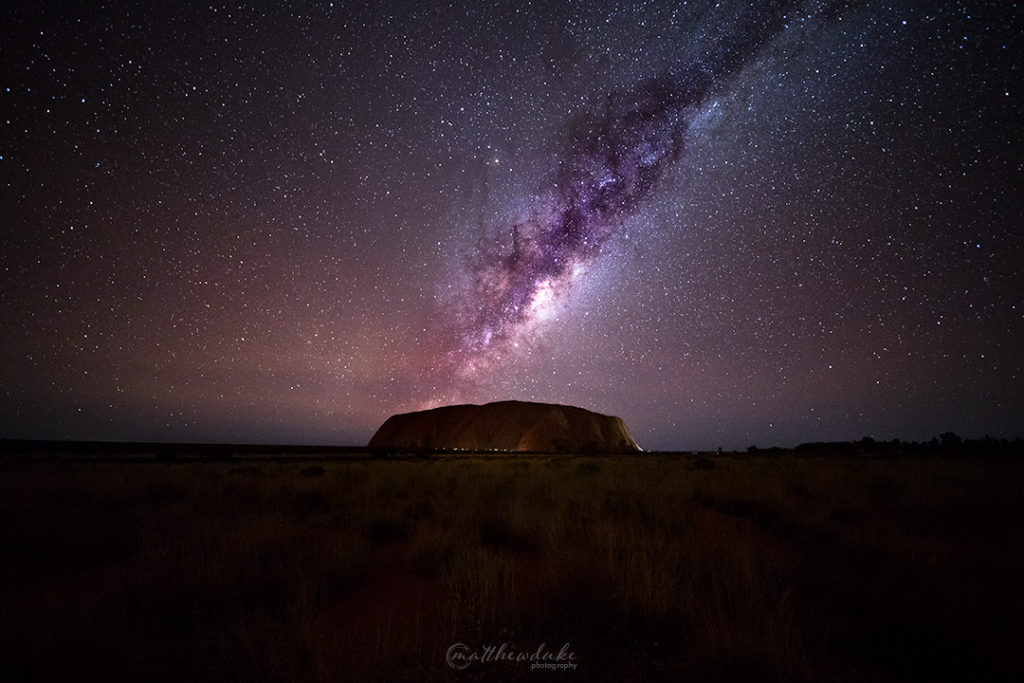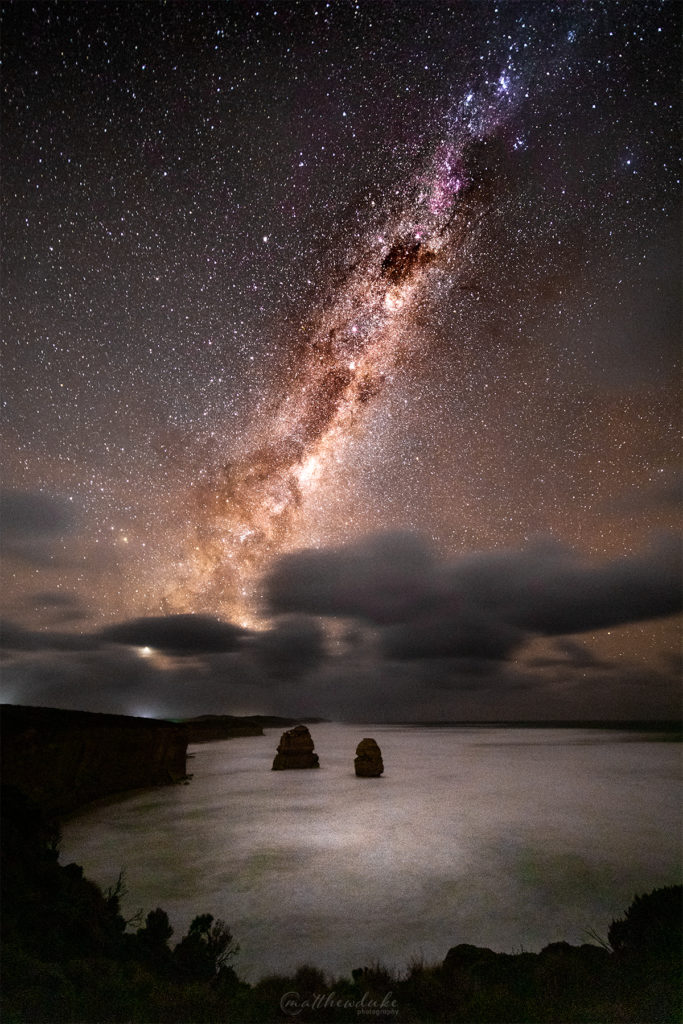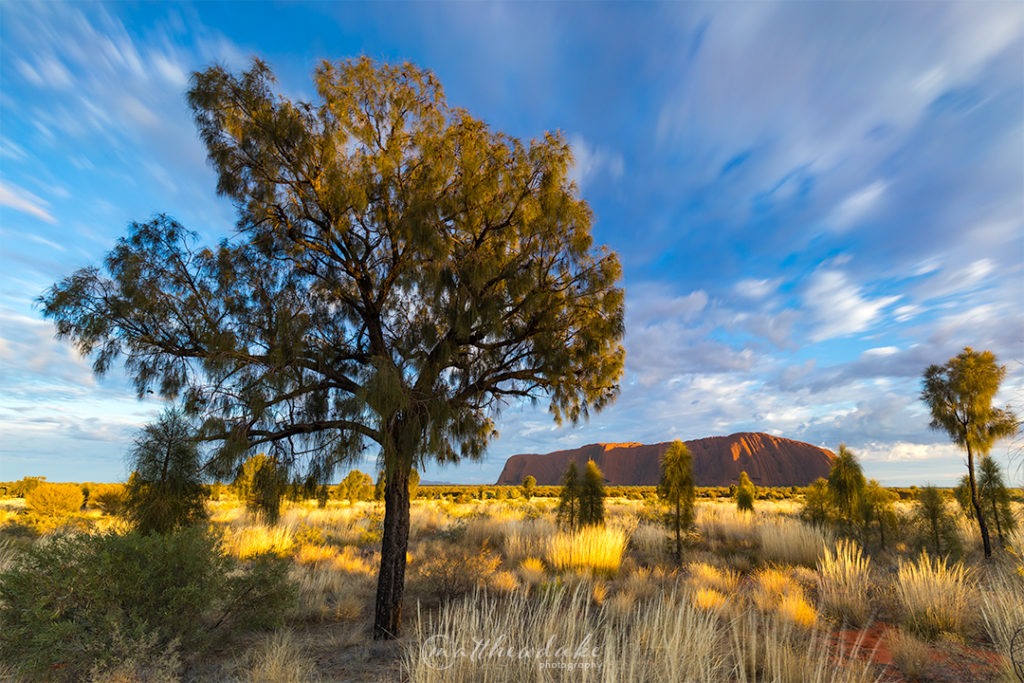My Best Astrophotography Lens – Venus Optics – Laowa 12mm f/2.8 Zero-D
May 3, 2019
Ready to look to the stars? When it comes to taking landscape photographs, there are plenty of options for cameras and lenses, all of which will suit a variety of circumstances, but there are certainly ones that are the best for some types of photography. In particular, the area of astrophotography requires specific things in a lens to get the best shot.
I think all of us would love to own most of the lenses in the photography stores however when you are a travel or landscape photographer, you won’t want to carry them all, well not on your back at least! At the best, I may only take 3 lenses with me when traveling, covering a range of focal lengths and for specific purposes based on where I am heading and the subjects I’m hoping to capture. When air travel is involved, the weight of your kit becomes extremely important.
If I am planning on taking photos of the night sky, as in astrophotography type shots, then I will most certainly take my favourite lens for Astro work. It is made by Venus Optics and is the Laowa 12mm f/2.8 Zero-D lens. There are different mounts available, depending on which camera brand you use, such as Canon, Nikon, and Sony. This is the best lens at the moment that I own to take night time photos that are pin sharp with a super wide-angle that is not distorted. Perhaps this is somewhat of a high-level lens review article now!

Dedicated Lenses
This Laowa 12mm f/2.8 lens is a fixed focal length and is what I would call a dedicated lens. That is dedicated for times when you need to go really wide. Thankfully the Zero-D in the name means Zero Distortion, which I can attest to any distortion is barely noticeable for such a wide angle lens. This lens is great for uses such as astrophotography or architecture photography. This is important as when I get back to my computer, I want to avoid having to correct distortion in post-processing as it is another time-consuming step that can be avoided this way.
I however mainly use this lens for Astro shots as it is super wide, allowing for a great deal of flexibility when you want to fit in some foreground as well as much of the night skies, including the Milky Way as possible. Previously I was using my Canon 16-35mm f/4 II lens, however, the f/4 sometimes just doesn’t allow enough light to get in without resulting in extra noise or movement of stars (due to having a longer exposure). If I am caught out without my Laowa 12mm on me, then I will use my 16-35mm lens from Canon and have to use a higher ISO to compensate for the f/4 instead of f/2.8 aperture.
The f/2.8 aperture of the Laowa is excellent for astrophotography as with an excellent sensor of most modern digital sensors, you can photograph the Milky Way clearly with exposures of less than 30 seconds. This reduces the movement of stars in the photo due to the earth’s rotation. Setting the aperture to f/2.8 lets in an awesome amount of light, combined with a high ISO you won’t have any problems capturing the night stars! (Assuming the moon and any other ambient light isn’t causing other issues with too much light!)

Sharpness and Focus
As this is a completely manual lens, you have to set the focus manually, it won’t connect with your camera, all of the settings are on the outside of the lens. When you have manually focused on your subject matter though, this lens is pin sharp. I’ve only tested in on Canon cameras (full frame) however haven’t had any issues. Of course, your individual camera and settings will also play a part in the final result, like any lens. However, in ideal settings, it performs excellently.

Is This Lens For You?
This is a perfect lens for more than just astrophotography. If you need to take a photo that is really ultra-wide, such as for real estate photography or even in a normal landscape setting, then you won’t be disappointed. However, you need to remember that everything is manual. So if you need to rely on autofocus for quickly getting the shot, perhaps you should look at another type of lens.
This takes some getting used to as your camera will know that a lens is attached but won’t be able to pass any information back from the lens regarding its settings or to the image’s metadata.
It is great however that it packs light at only 615.1g, yet is still a solid metal construction. So it easily fits into any camera kit as an extra lens for those times you need that extra wide-angle or aperture, especially when hiking or bushwalking with your kit for landscape photography. It’s not the cheapest third party lens at this focal length, at the time of writing the Australian price retails around $1,499. If you use NISI Filters like me, you can buy a special mount kit that lets you screw it to the lens and continue to use 2 square filters.
The below photo was taken on a recent trip to Uluru with my Laowa 12mm f/2.8 Zero-D Lens. The tree in the front was right against the path so I needed the extra wide-angle lens to fit everything in.

